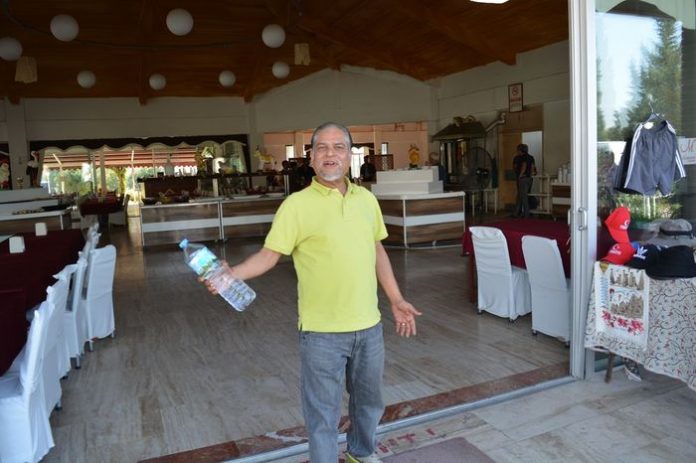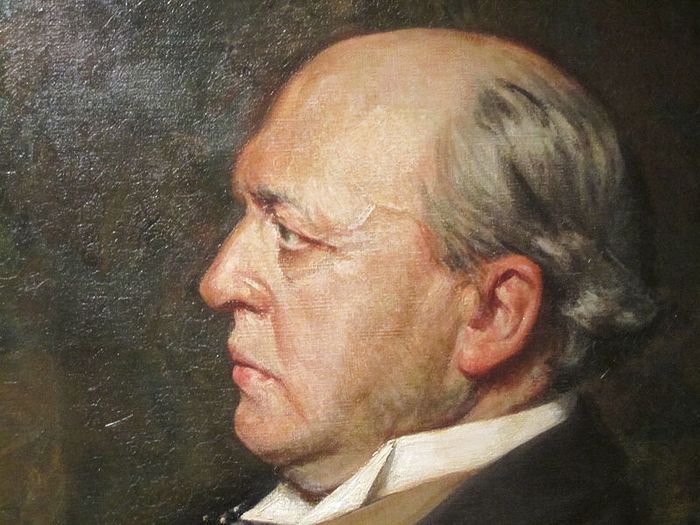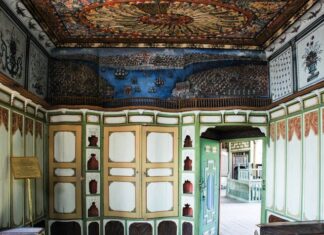Social Hubs and Matchmaking Spots
In the Ottoman era, bathhouses, or hamams, played a central role in daily life. While men visited hamams after prayers at the mosque, women frequented these social hubs for gossip and community. Baths served as places for women to showcase embroidered towels and personal belongings. Ritual preparations, such as bridal and birth baths, were significant occasions.
Mothers-in-law often inspected potential brides in the bath before weddings, emphasizing the Turkish saying, “Now let’s see the bride in the bath!” The bath became a space for matchmaking, allowing mothers to assess the health of potential daughters-in-law.
Ottoman Baths A Cultural Tradition
According to 17th-century traveler Evliya Çelebi, the Ottoman Empire had 4536 hamams. Influenced by Roman baths, the Ottomans incorporated bathing into their cultural tradition. Bathing ceremonies were elaborate, lasting for several hours. Trained staff, including handsome youngsters and concubines, provided massages for both men and women.
Bathing Ceremonies Instruments of Luxury
Bathing rituals involved an array of instruments, depending on a woman’s status and wealth. Items included a water bowl, metal jug adorned with reliefs, bath glove, loincloth, soap dish, mirror, comb, comb box, jewellery box, wooden clogs, natural oils, herbal soaps, and a rosewater bottle Read More about Exploring Turkish Delight Making in Marmaris.
Antique Ottoman Textiles The Symbolism of Wedding Dresses
Ottoman wedding dresses, known as “bindalli” (meaning a thousand branches) Round Tours Turkey, date back to 1840. Embroidered with silver threads, these dresses symbolized the bride’s skill and were priced at $450. Matching jackets for wedding dresses, adorned with silver thread on velvet, are valued at $3500.
Before Western influences introduced white wedding dresses in 1898, Ottoman brides wore dresses in vibrant colors like dark red, pink, and purple. These handmade textiles represented the bride’s craftsmanship and cultural heritage.
Evolution of Wedding Dresses From Colorful to White
The Ottoman wedding dress, like other handcrafted textiles, reflected the bride’s talents. With Western influence in the late 18th century, wedding dresses transitioned to white. The first white wedding dress appeared in 1898, replacing the traditional colorful attire worn by Ottoman brides.








